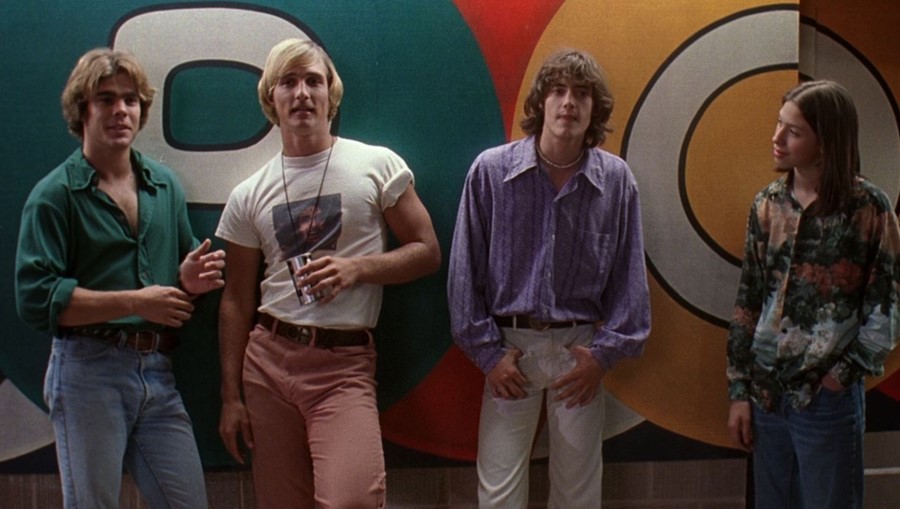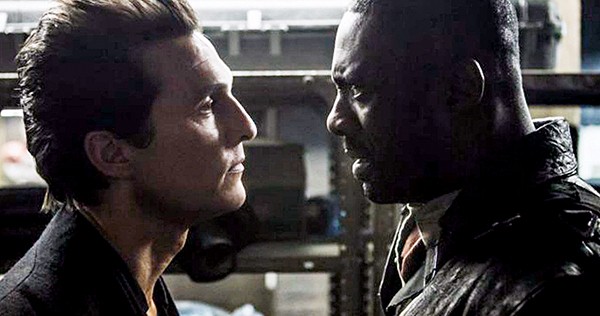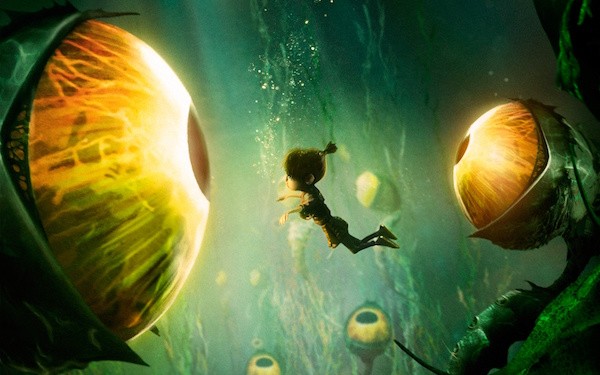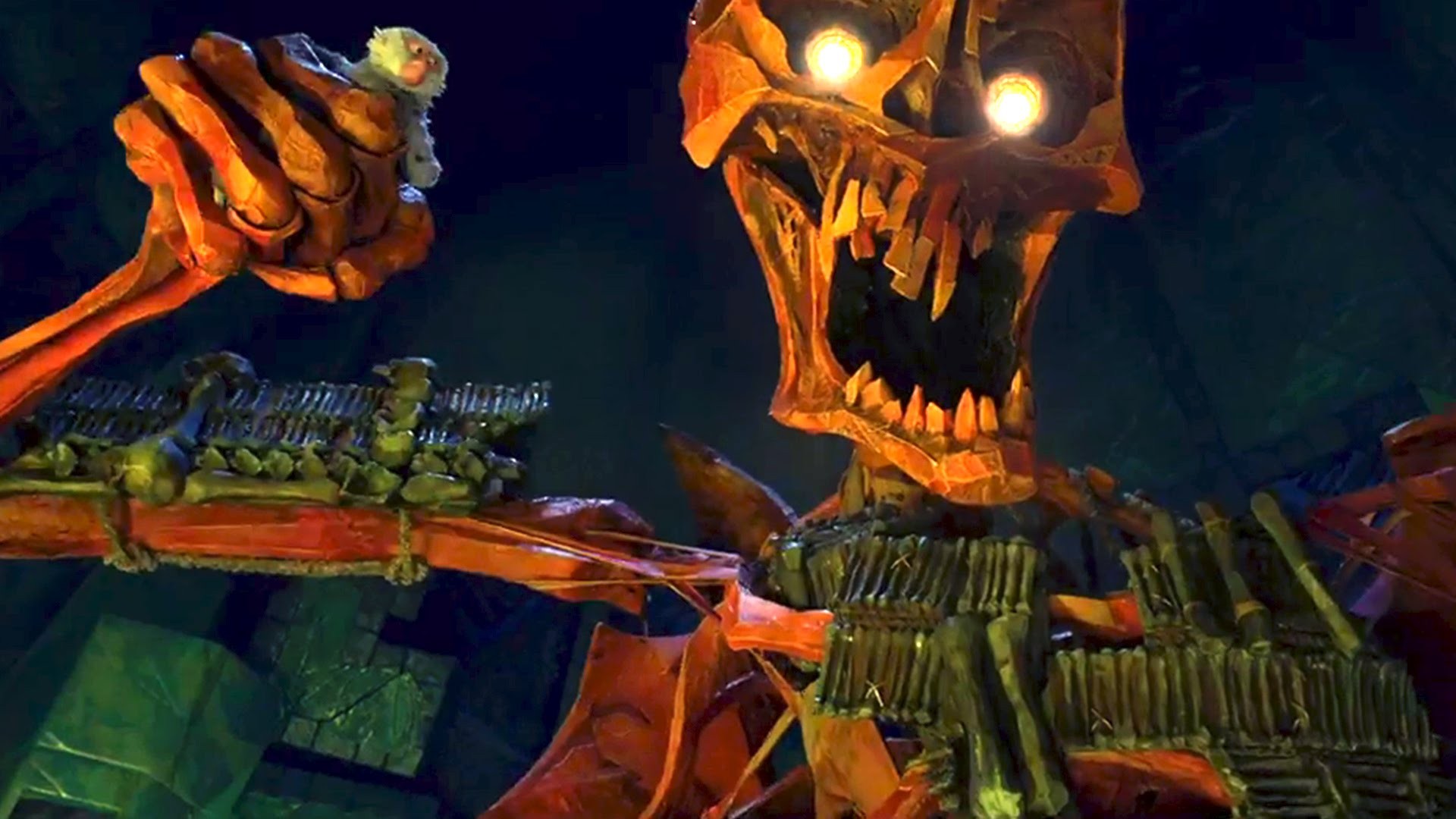Every year, the Time Warp Drive-In series dedicates one of its monthly programs to celebrate psychedelia in all its forms. Gotta hand it to ’em, they know their audience.
This Saturday night at the Malco Summer Drive-In is the Best of the Burn — audience favorites from the previous years’ burn nights. First up is the Richard Linklater classic that made master monologist (and possible Texas gubernatorial candidate) Matthew McConaughey a household name. Dazed and Confused is the ultimate hangout movie. Think American Graffiti, if everyone was stoned the whole time. Here’s a clip where you can hear one of McConaughey’s now-timeless line readings: “It’d be a lot cooler if you did.”
The second film of the evening is one of the great literary adaptations of all time. Hunter S. Thompson’s Fear and Loathing in Las Vegas is about a journalist blowing an assignment to cover a motorcycle race. So relatable. Misunderstood cinematic genius Terry Gilliam was perhaps the only person capable of bringing this one to life. In this clip, Thompson’s literary doppleganger Raoul Duke, played by not-yet-superstar Johnny Depp, tries to check into a hotel with the help of his attorney, a not-yet-superstar Benicio del Toro. “Ignore this terrible drug.”
The third film of the evening has been called the genesis of the stoner movie genre. Who but OG counterculture comedians Cheech and Chong could have made Up In Smoke? Here’s how the movie was sold in 1978. They don’t make trailers like this any more.
And finally, the granddaddy of them all, Reefer Madness. Rarely has any film, or any work of art at all, had its meaning so thoroughly reversed as Tell Your Children, the film produced by a church group to keep kids off the devil’s cabbage. Instead, it was bought by an exploitation producer Dwain Esper, who changed the title to Reefer Madness. Check out this warning of what will happen if you touch “the weed with its roots in Hell!” The intended audience’s reaction was “Don’t threaten me with a good time!”
The Time Warp Drive-In starts at dusk on Saturday at the Malco Summer Drive-In.







